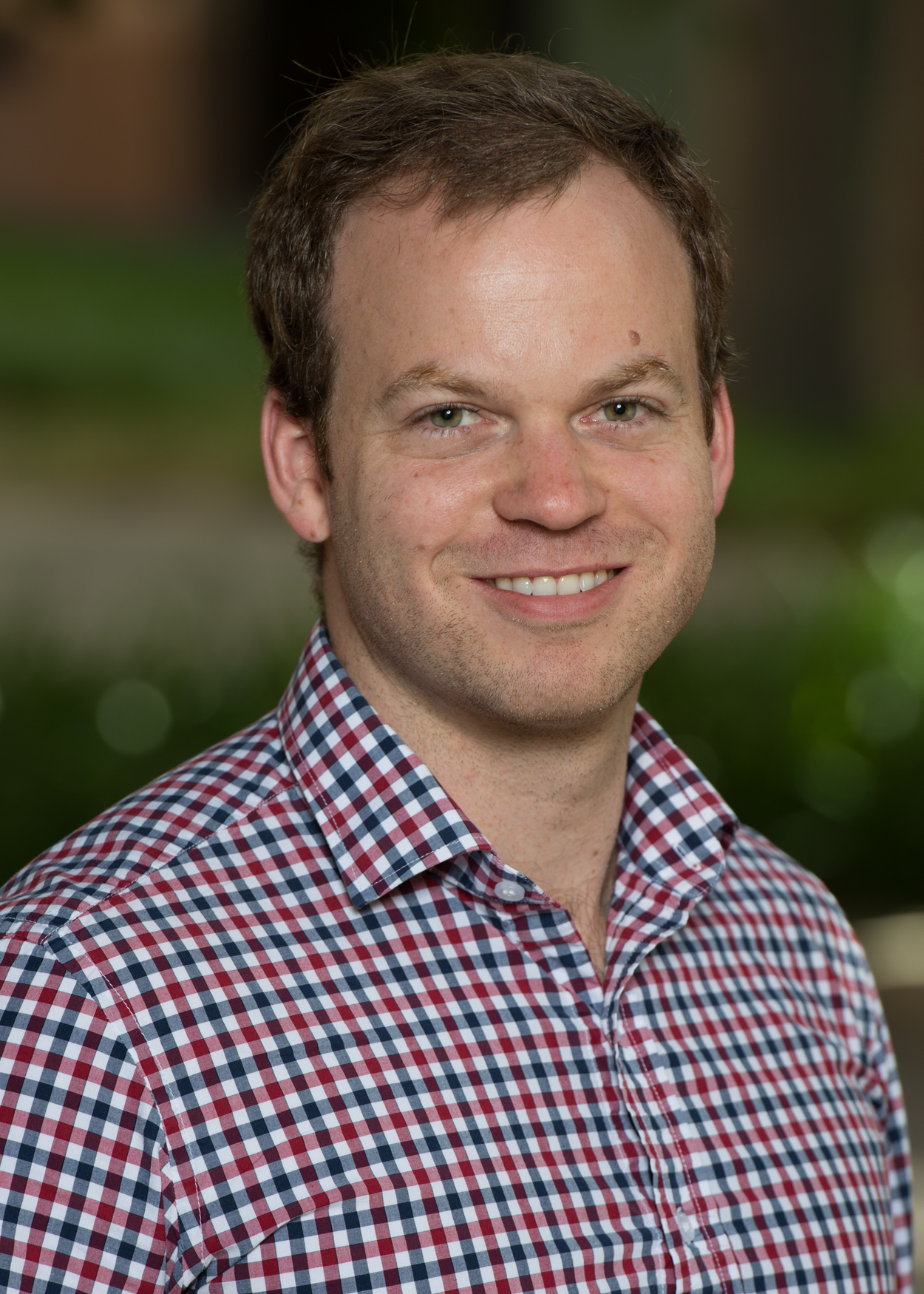
James Sams
Ph.D., Quantitative Marketing
Graduate School of Business
Stanford University
| CV (pdf) | |
| Email: | sams.james@gmail.com |
| Office Address: |
Stanford University Graduate School of Business 655 Knight Way, E150 Stanford, CA 94305-7298 |
I completed my Ph.D. in quantitative marketing at Stanford University's Graduate School of Business June 2019.
My research integrates modern machine learning and economic theory with standard econometric models to explore questions related to consumer learning, innovation, socially responsible marketing, and policy and technology.
Before joining the Ph.D. program at Stanford, I worked at the Kilts Center for Marketing at the Booth School of Business, cleaning, building, and documenting the Kilts-Nielsen data warehouse for the now widely-used consumer and retail scanner panel data. Before that, I worked as a software consultant, developing databases and integration and aggregation tools for small businesses. My undergraduate degree is from the University of Chicago with concentrations in Political Science and Economics.
I joined Facebook July 2019.